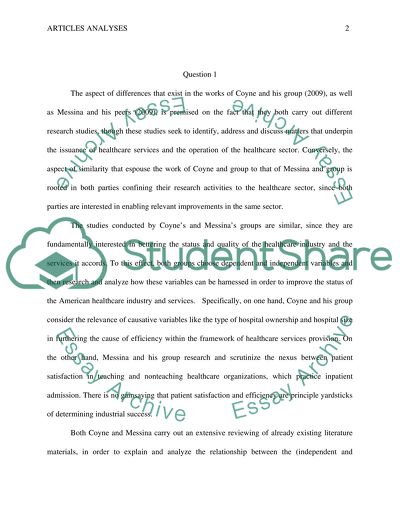Cite this document
(“Coyne and Messina Articles Analysis Term Paper Example | Topics and Well Written Essays - 1250 words”, n.d.)
Retrieved de https://studentshare.org/statistics/1455981-coyne-and-messina-articles-analysis
Retrieved de https://studentshare.org/statistics/1455981-coyne-and-messina-articles-analysis
(Coyne and Messina Articles Analysis Term Paper Example | Topics and Well Written Essays - 1250 Words)
https://studentshare.org/statistics/1455981-coyne-and-messina-articles-analysis.
https://studentshare.org/statistics/1455981-coyne-and-messina-articles-analysis.
“Coyne and Messina Articles Analysis Term Paper Example | Topics and Well Written Essays - 1250 Words”, n.d. https://studentshare.org/statistics/1455981-coyne-and-messina-articles-analysis.


